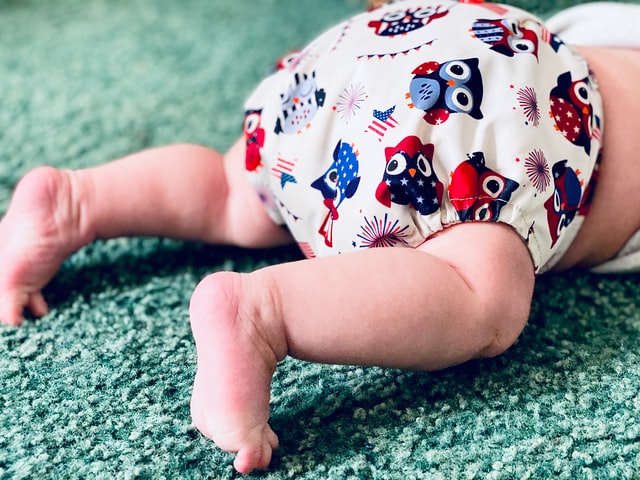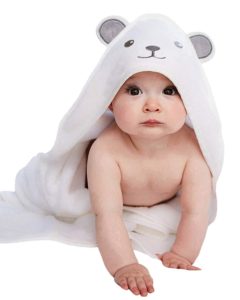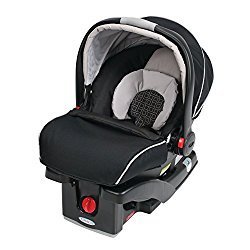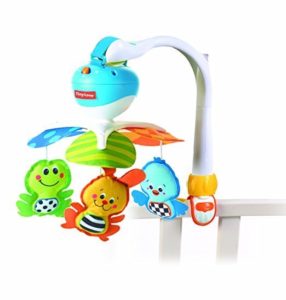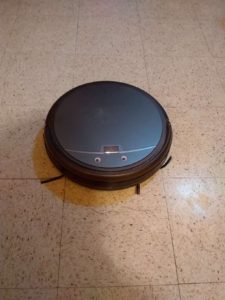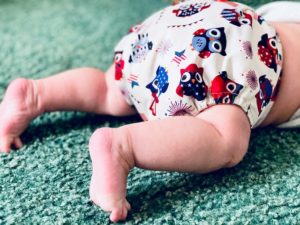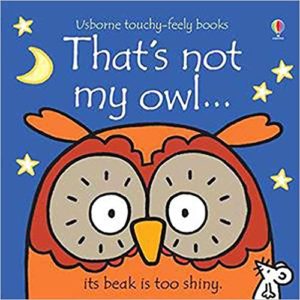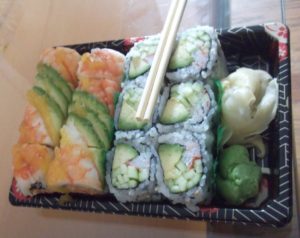Updated October, 2021
I always knew that I would use cloth diapers when I had a baby. As I’ve said many times before, sustainability and supporting the environment are really important to me. So using cloth diapers was a no brainier. Additionally, for those of us that are fiscally minded, they are so much cheaper than buying disposable diapers. This is my guide to cloth diapers for beginners.
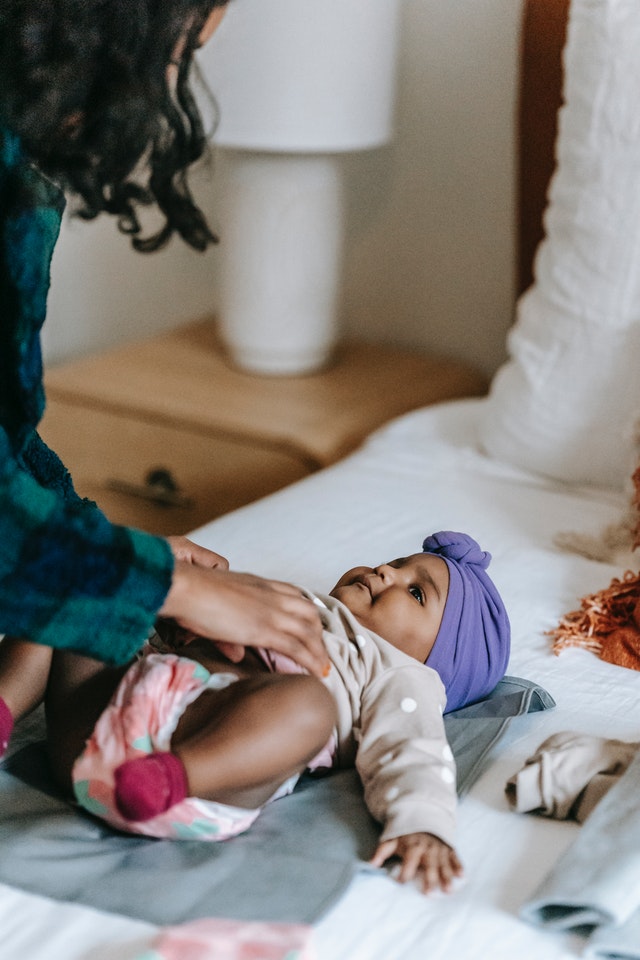
Types of Diapers
There are two common types of diapers that you can buy these days. The prefold and the insert. We have a few of each and I’ll give you my opinions on both.
One option is to purchase prefolds and plain shells. Prefolds require some basic folding to be successful. Honestly, once you know a few folds, this is not a huge inconvenience. My partner and I both fold differently because we each have a fold we prefer. As long as the butt is covered, it really doesn’t matter what the fold is. The nice thing about the prefolds is that, barring a blow out or a super wet diaper, the shells can be used a few times before washing, meaning you don’t have to own as many shells. I also recently learned that even if you decide to go the disposable diaper route, using prefold shells can help with blow outs if your baby has them often!
Diaper Folds
There are probably a lot of different ways to fold your diapers. However, there are two particular fold that we’ve used. I was a big fan of the twist for awhile, but as the kids got older I felt the newspaper fold fit better and caught everything more consistently. Regardless of which fold you use, you want to be sure all the cloth is tucked completely into the shell and that the shell is snug around your child’s legs and waist.
The Twist
To do the twist, you slide the diaper flat under their bottoms. With a twist in the middle, you match the corners together again and secure with a boingo or a snappy.
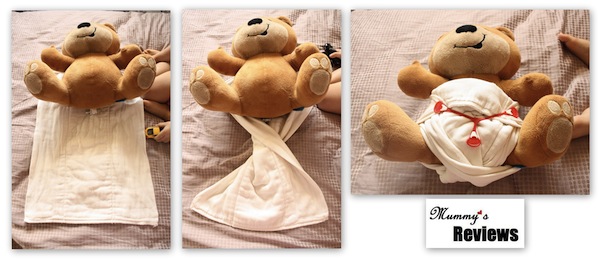
The Newspaper
The newspaper starts out the same way, by sliding the diaper under their butt. Then you fold each side starting at the corner in order to make an angle. This results in the width in the front of the fold being thinner than in the back. Again, you are going to secure the corners with either a boingo or a snappy.
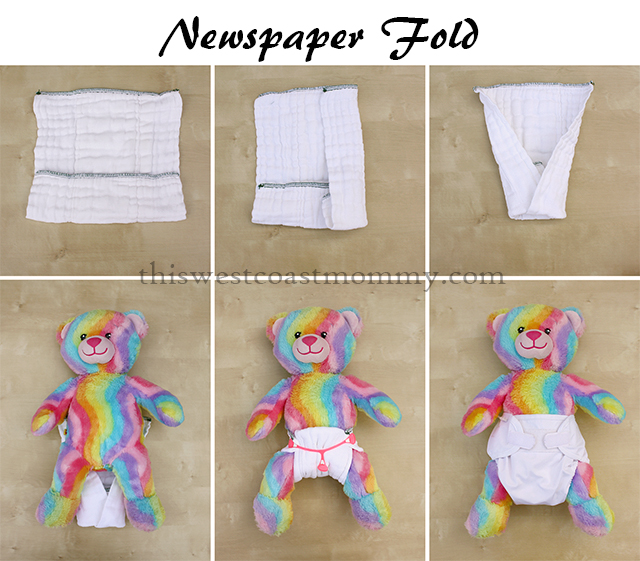
Washing and Drying
So now you have your brand new cloth diapers, how do you keep them looking new? You will want to find a system of washing that works for you and that you are comfortable with. If the idea of putting your child’s diapers in the same washer that you put your clothes in makes you cringe, then find a different washing method. There are a lot of solutions out there. I highly suggest you line dry your diapers in the sun also, to keep them looking white and clean a lot longer.
The Accessories
Where would we be without accessories to keep it all together (literally)? These are some of the accessories for cloth diapering that I used the most.
We also had two wipe bags gifted to us, and I would definitely encourage keeping one or two. Some people prefer the hard wipe containers, which seems more important for disposable wipes to hold their shape in. But we had a wipe bag for travel and one for next to the changing table. Our solution for wipes was just plain water (Monster had some sensitive reactions to disposable wipes with solution when they were really small). We can get a few wet and stick them in the wipe bag and they will stay wet for a few days. This was helpful when we forgot to get wipes wet before taking Monster’s diaper off.
TLDR
- Diapers and shells
- Snappies or boingos
- A Travel Bag
- Wipes
- Wipe container, soft
- Liners
- Coconut oil
- A swim diaper
- Maybe a few disposable diapers

